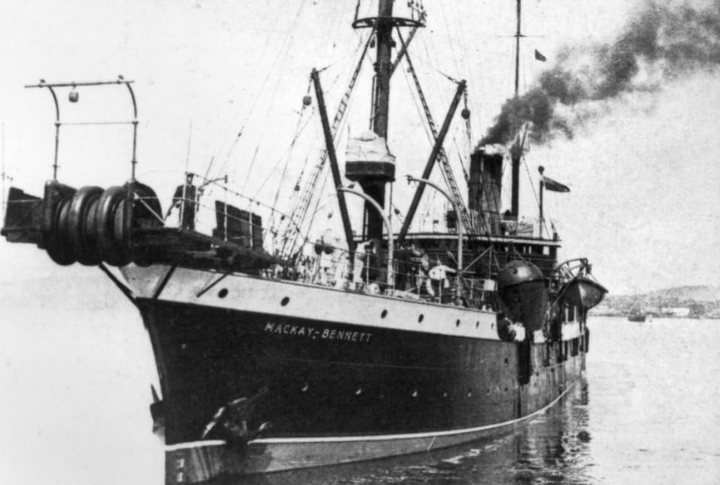
The sea carried secrets no one was meant to find. In the wake of a catastrophe, one ship was sent on a mission unlike any before. Its task was grim, its discoveries haunting. Some events were recorded, others whispered, but all left an ingrained mark on history. Here is the grim story that followed the Mackay-Bennett, forever tied to one of the most talked-about shipwrecks in history.
The Mission Begins
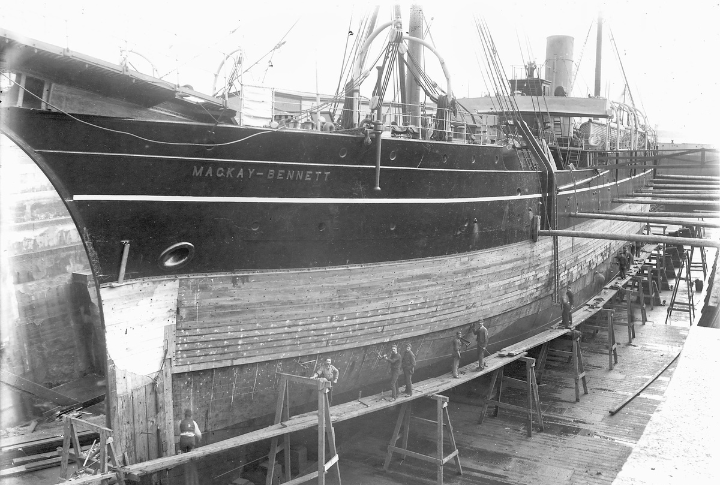
April 17, 1912, marked the start of an unprecedented voyage. Frederick H. Larnder, the Captain of The Mackay-Bennett, stocked with 100 coffins, 100 tons of ice, and a crew of embalmers, left Halifax. Orders were clear: recover Titanic’s victims. The weight of their task loomed as the ship sailed into uncertainty.
First Sightings Of The Dead
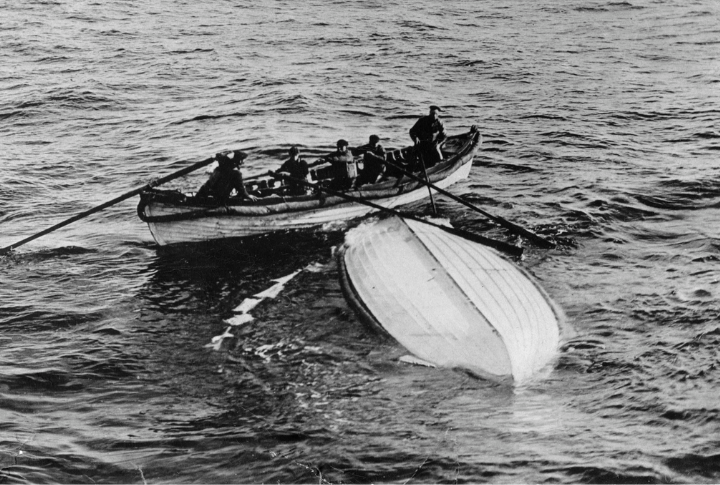
Bodies drifted like forgotten ghosts scattered across the Atlantic. The crew’s worst fears materialized on April 20 when they spotted corpses still clothed in evening attire. The sea had preserved its tragic cargo in haunting silence. Some clung to lifebelts, their frozen hands locked in desperation.
Identifying The Lost
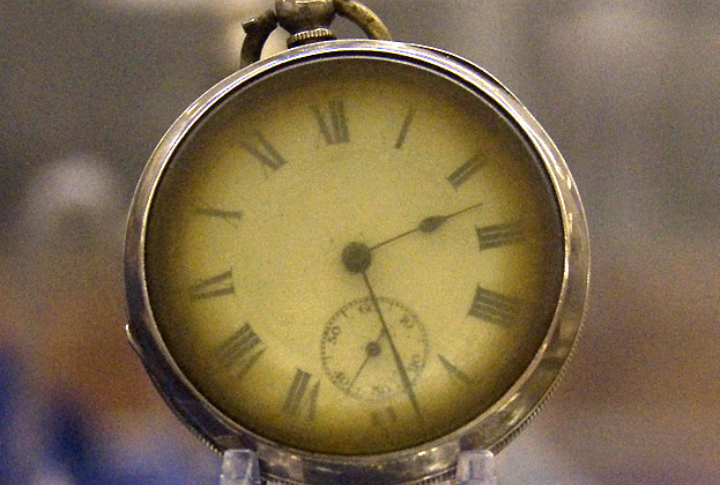
Personal belongings told silent stories. A pocket watch, frozen at 2:20 AM, a wedding band inscribed with initials, and unopened letters hinted at shattered lives. Crew members documented details meticulously and assigned numbers to each victim. First-class passengers received embalming, while others were wrapped in canvas for sea burial.
The Unknown Child
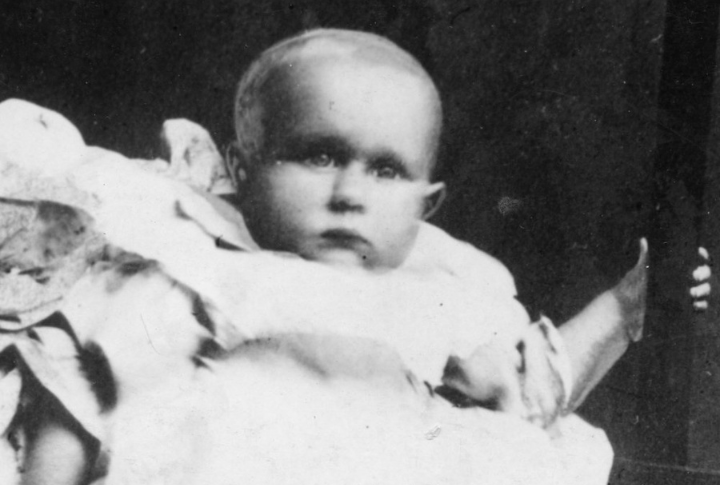
A baby’s body, dressed in a wool suit, left even hardened sailors shaken. No records or belongings offered clues to his identity. He remained nameless until 2007, when DNA confirmed him as Sidney Leslie Goodwin. Today, a simple marker that calls him “Our Babe” in Halifax honors the youngest recovered lost soul of the Titanic shipwreck.
Burials At Sea

The sheer numbers dictated grim choices. With limited capacities, 116 bodies were committed to the ocean depths, weighted with iron bars. The crew held brief ceremonies before sliding them overboard. The Atlantic became their final resting place in the moonlit waters, swallowing them without a trace.
Wealth And Death
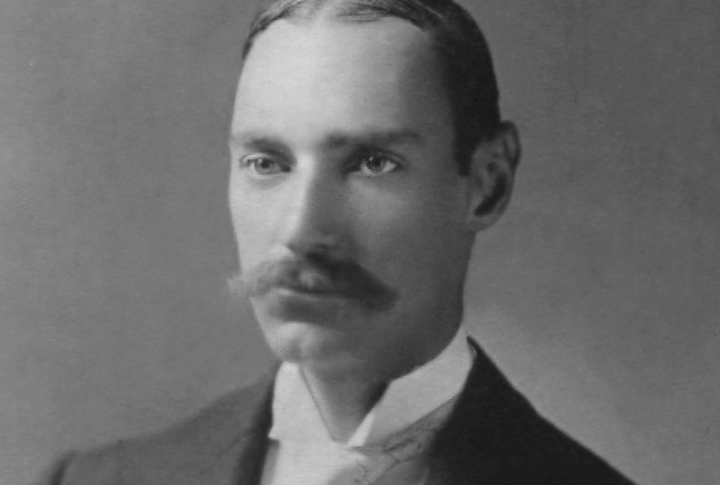
Among the recovered was John Jacob Astor IV, one of the world’s wealthiest men. His monogrammed collar and gold cufflinks confirmed his identity. He carried $2,500 in cash, untouched by water. His body was embalmed and returned to New York, while many others, lacking proper identification or family claims, were buried in Halifax.
Crew’s Silent Suffering
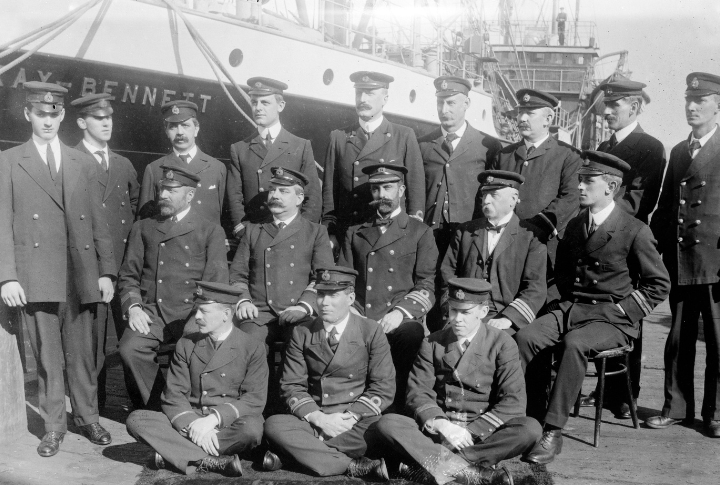
Men who faced death daily aboard the Mackay-Bennett carried their trauma ashore. The crew spoke little of what they saw, but sleepless nights and haunting diaries told their story. No reports recorded any attention paid to the emotional well-being of the crew after such an ordeal.
Halifax Turns Into A Morgue
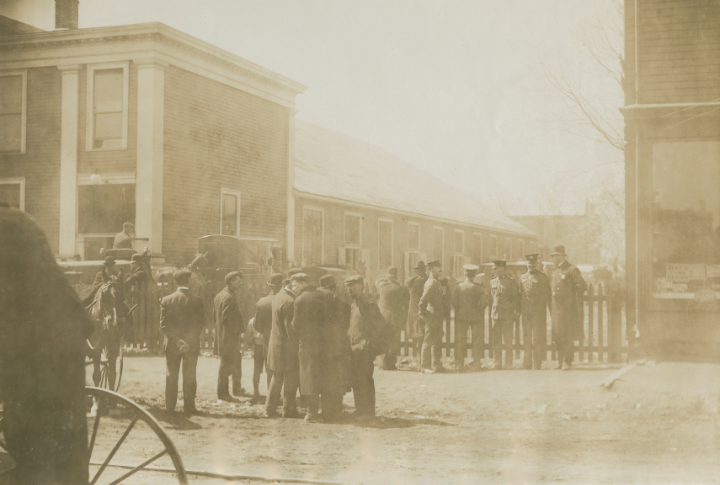
When the Mackay-Bennett docked on April 30, Halifax was unprepared. Temporary morgues overflowed as families arrived, hoping to claim loved ones. Funeral homes worked around the clock. Usually a quiet port, the city became a hub of mourning, burdened by grief from across the Atlantic.
The Unnamed Graves
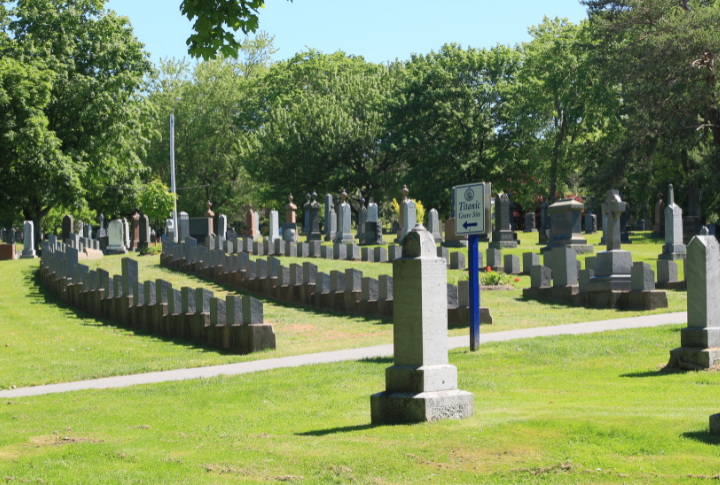
Many bodies remained unidentified. In Fairview Lawn Cemetery, rows of simple markers bear numbers instead of names. Some families never knew their relatives had been recovered. Over time, research uncovered identities, but the final chapter of their story remains untold for many.
Running Out Of Supplies
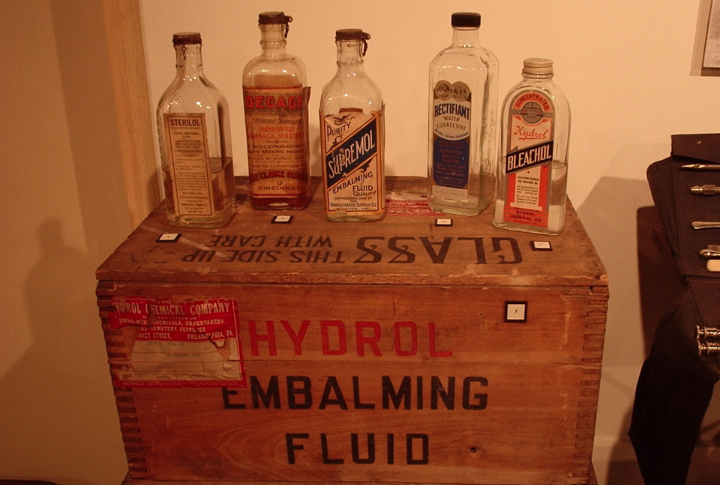
Every drop of embalming fluid in Halifax was loaded onto the Mackay-Bennett, but it wasn’t enough. Crew members had to make difficult decisions about preservation. Some bodies received complete embalming, and others were wrapped for sea burial. The scale of the disaster exceeded all preparations, leaving hard choices in its wake.

